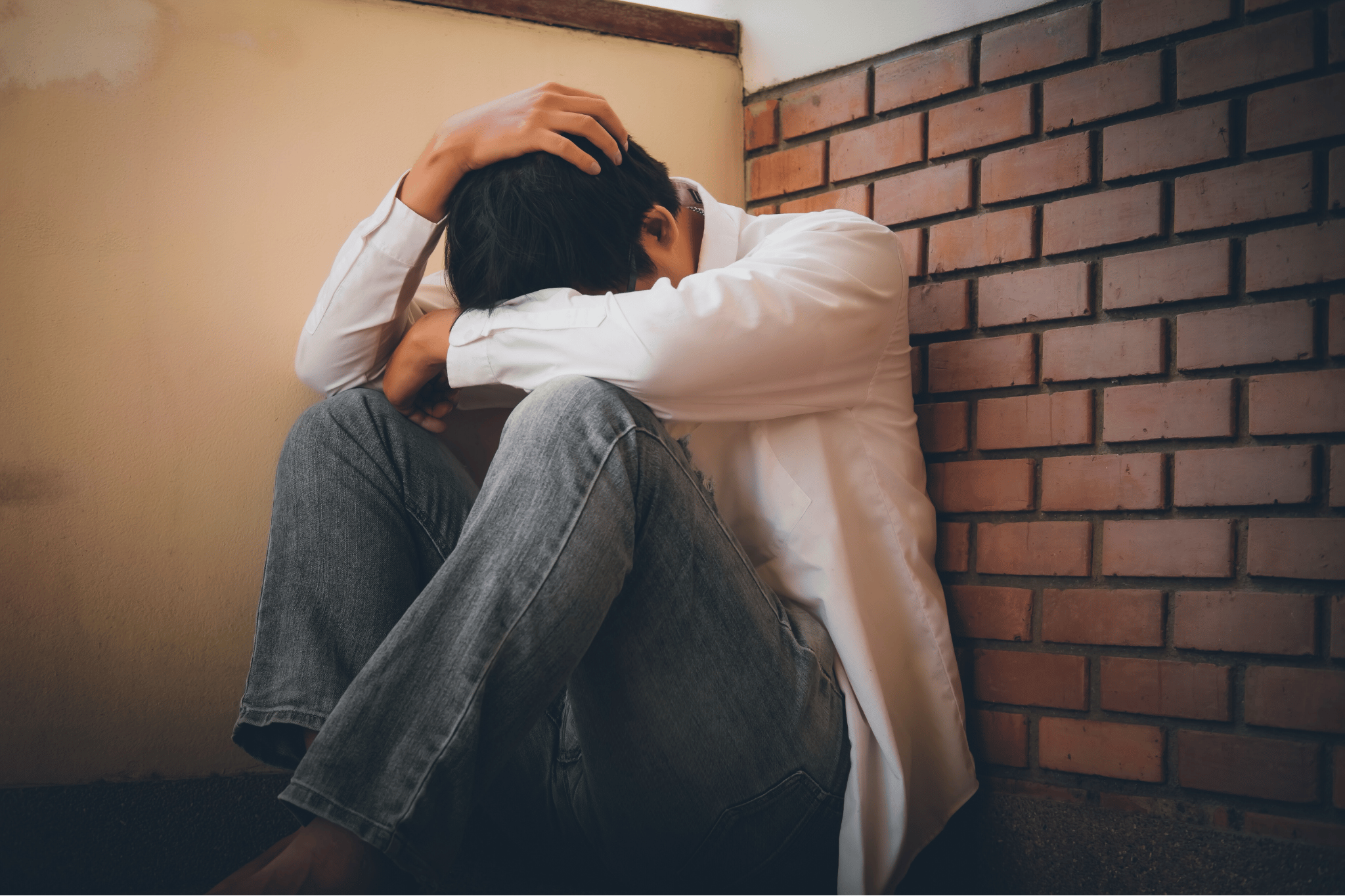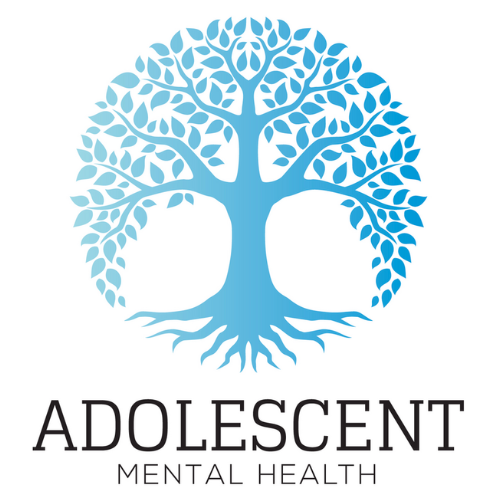Addressing the Student Mental Health Crisis: Key Insights
The student mental health crisis is growing. Rising levels of stress, depression, and suicidal ideation are affecting schools, families, and communities across the United States. At Adolescent Mental Health in Orange County, our team provides evidence-based therapy and mental health support focused on youth and young adults. Early intervention, access to care, and community support are critical for prevention and long-term recovery.
Many Mental Health Problems Emerge in Adolescence
Most mental health disorders begin before age 25. During adolescence and young adulthood, changes in the brain, behavior, and environment can increase risk. Emotional problems often surface during middle school, high school, or the transition to college.
Many teens face high expectations, academic pressure, and unstable environments. Others have experienced adverse childhood experiences, such as violence, abuse, or neglect. Left unaddressed, these early issues can evolve into serious mental and physical health concerns.
Support from school counselors, parents, and mental health professionals can help teens build strong coping skills. Without proper care, mental health problems can lead to addiction, academic decline, grief, and even death.
Why Is Adolescent Mental Health Getting Worse?
Several factors contribute to the worsening of adolescent and student mental health:
Social isolation, especially during the COVID-19 pandemic
Harmful social media influence and technology overload
Discrimination based on race, gender, or LGBTQ identity
Financial insecurity and lack of health insurance
Exposure to climate concerns, political stress, and global conflict
Youth are also more likely to face social stigma when asking for help. In some cultures and communities, emotional vulnerability is seen as weakness. Students may also lack knowledge of where to go, what to say, or how to access services. This leads to delays in getting mental health first aid or other forms of early support.

The Depth of the Mental Health Crisis
The Centers for Disease Control and Prevention and the American Psychological Association report rising rates of depression, bipolar disorder, schizophrenia, and suicidal behavior in teens and young adults. This health crisis impacts all levels of education—from community colleges to large universities like the University of North Carolina at Chapel Hill.
More students are visiting the emergency department for mental health emergencies.
On-campus counseling centers are overwhelmed, and wait times are long.
Faculty and student affairs professionals are undertrained in mental health response.
Many students feel invisible. They say schools aren’t listening. According to the Jed Foundation, student surveys reveal a growing need for emotional support, peer involvement, and inclusive services that reflect student voice, gender identity, and cultural background.
Stressed Out Students Can’t Do This Anymore
Teen and college students report feeling emotionally drained, unmotivated, and disconnected. Constant pressure to perform leads to burnout, and emotional symptoms often go untreated.
Academic success is closely tied to mental wellness. Sleep, nutrition, and emotional balance are necessary for learning. When students lack support, their grades, relationships, and independence suffer. Many drop out or develop unhealthy coping habits, including substance abuse.
Programs that focus on coping skills, peer support, and campus engagement improve student outcomes. Virtual communities, student-led initiatives, and wellness programs help reduce stigma and provide tools for daily emotional regulation.

A Lack of Services
Despite the growing need, many students cannot access care. Schools are understaffed. Public health funding is limited. Some students do not have insurance. Others are unaware of the resources that exist or face language barriers and fear of judgment.
In many states, there is only one mental health professional for every 500–1,000 students. Some colleges lack on-site care altogether. Students from marginalized backgrounds—including LGBTQ students, students of color, and those with gender dysphoria—often face the greatest barriers.
Nonprofit organizations like the American Foundation for Suicide Prevention, the Jed Foundation, and local community programs are working to fill the gap. However, without structural change in school policy and greater mental health education, students will continue to fall through the cracks.
Support for Teens in Orange County
At Adolescent Mental Health, we support youth across Orange County with therapy that focuses on emotional resilience, coping strategies, and student success. Our programs include:
Individual and family therapy for teens and young adults
Coordination with schools, teachers, and education staff
Peer-based group support and crisis planning
Advocacy for health equity and inclusive mental health care
We believe mental health is a basic part of education. Our licensed staff partners with families, caregivers, and the broader community to help each student succeed in school and life.
If you or your teen is struggling, contact us today.
We offer compassionate, professional mental health services that focus on student wellness, safety, and growth. Call 988 for the Crisis Lifeline in immediate emergencies.
Frequently Asked Questions
1. Why are more students experiencing mental health problems today?
Many factors contribute to rising mental health issues among students. Academic pressure, social media, family stress, and the lingering effects of the pandemic have all increased emotional strain. Students also face new challenges, such as climate concerns, discrimination, and digital overload. Without strong support systems at home, school, or in the community, students are at greater risk for anxiety, depression, and suicidal ideation.
2. What role do schools play in mental health support?
Schools are a key access point for identifying and supporting student mental health needs. Teachers, school counselors, and campus staff often serve as the first line of help. When schools invest in mental health education, peer support, and early intervention, students are more likely to seek help. However, many schools lack adequate funding, trained staff, or resources to respond to the growing demand.
3. How can parents help their teen during a mental health crisis?
Parents should watch for signs such as changes in sleep, appetite, school performance, or behavior. Open communication, emotional support, and scheduling an evaluation with a licensed health care provider or therapist can make a major difference. Encouraging healthy routines, modeling positive coping, and reducing stigma around therapy can also help teens feel safe enough to ask for help.
4. What services does Adolescent Mental Health provide to support student well-being?
Adolescent Mental Health in Orange County offers therapy for teens facing stress, depression, trauma, and academic struggles. Our services include individual counseling, group therapy, family sessions, and school coordination. We support students from all backgrounds, including those dealing with grief, gender identity, addiction, or social isolation. Our programs are built on mental health first aid principles and focus on prevention, education, and long-term well-being.









